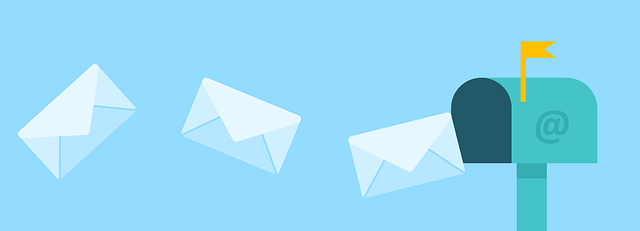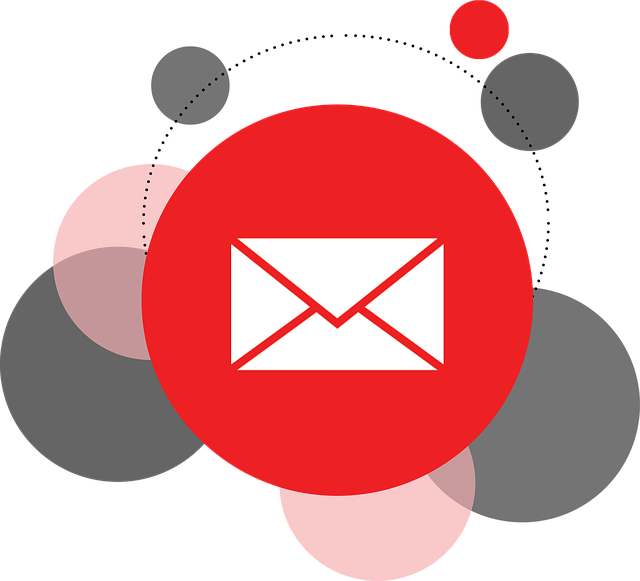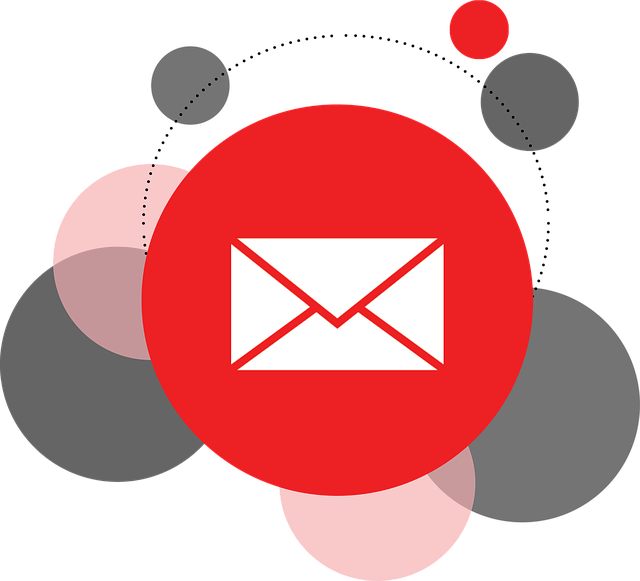Starting a startup can feel like trying to find a needle in a haystack. But fear not, because when it comes to reaching your target audience, there’s a golden opportunity right at your fingertips: email marketing. It’s like hitting the jackpot without even leaving your desk!
In this beginner’s guide, we’ll show you how to harness the power of email marketing to skyrocket your startup’s success.
First things first, building an email list is the key to unlocking your startup’s potential. Think of it as building your own exclusive club, with each email address representing a potential customer or supporter.
From there, it’s all about crafting compelling email content that grabs attention and leaves a lasting impression. And don’t forget about the importance of eye-catching email templates that reflect your brand’s unique personality.
But why stop there? Automating your email campaigns allows you to reach your audience at just the right time, maximizing your impact and saving you precious time. And once your campaigns are up and running, analyzing and optimizing them will ensure you’re always one step ahead of the competition.
But wait, there’s more! We’ll also guide you through the maze of email marketing laws to ensure your startup stays on the right side of the legal fence.
So, if you’re ready to take your startup to new heights, buckle up and get ready to become an email marketing wizard. Your audience is waiting, and the possibilities are endless!
Key Takeaways
- Building an email list is crucial for startups to reach their target audience and achieve success.
- Effective email list management, including regular cleaning and segmentation, is essential for unlocking the potential of the email list.
- Crafting compelling email content with personalization and subject line optimization is important for engaging the audience and driving conversions.
- Automating email campaigns saves time and allows startups to reach a wider audience, with triggered emails based on user actions being particularly effective.
Building an Email List
Imagine a bustling marketplace where eager customers eagerly exchange their email addresses for a chance to be a part of your startup’s exclusive mailing list. Building an email list is crucial for the success of your email marketing campaign.
To ensure email list growth, start by offering incentives such as exclusive discounts or freebies in exchange for email addresses. Make it easy for customers to sign up by placing prominent opt-in forms on your website and social media platforms.
Once you have a substantial list, focus on effective email list management. Regularly clean your list by removing inactive subscribers and segment it based on demographics or past purchase behavior.
Now that you have a growing and well-managed email list, it’s time to craft compelling email content that will captivate your audience and drive conversions.
Crafting Compelling Email Content
Crafting compelling email content is essential for captivating your audience and driving meaningful engagement. To create emails that resonate with your subscribers, it’s important to employ personalization strategies and subject line optimization.
Personalization allows you to tailor your emails to each individual recipient, making them feel valued and increasing the likelihood of engagement. Additionally, optimizing your subject lines helps grab the attention of your subscribers and entices them to open your emails.
Use concise and persuasive language to convey the value your emails provide, focusing on how they can benefit the customer.
In the next section, we’ll discuss the importance of designing eye-catching email templates to further enhance the impact of your email marketing efforts.
Designing Eye-Catching Email Templates
Create captivating email templates that will catch your reader’s eye and keep them engaged with your content. When designing your email templates, it’s important to consider email template customization and follow best practices for email design. By customizing your email templates, you can ensure they align with your brand identity and stand out from the competition. Incorporating a 3 column and 3 row table in your email template can help organize information and make it visually appealing. Use the table to showcase your products or services, include pricing details, or highlight key features. Remember to keep the design clean and uncluttered, use eye-catching visuals, and include a clear call-to-action. With well-designed email templates, you can create a professional and cohesive brand image that resonates with your audience. Transitioning into automating email campaigns, you can streamline your marketing efforts and reach a wider audience.
Automating Email Campaigns
When it comes to automating your email campaigns, there are three key points you should consider.
First, make sure to set up automated welcome emails and series to engage and nurture your new subscribers.
Second, segment your email list to send targeted campaigns that are relevant to specific groups of customers.
Lastly, use triggered emails based on user actions to deliver personalized content and prompt specific actions.
By implementing these strategies, you can save time, increase efficiency, and deliver more effective email campaigns to your audience.
Set up automated welcome emails and series
Once your customers step through the virtual doorway of your startup, it’s time to unleash the powerful magic of automated welcome emails and series to captivate their attention and guide them on an enchanting journey of discovery.
Setting up email marketing tools can be a breeze with the right platform. Take advantage of this opportunity by creating effective welcome email sequences that leave a lasting impression. Craft a warm and personalized first email that introduces your brand, sets expectations, and offers a special incentive.
Then, follow up with a series of emails that gradually reveal the unique features and benefits of your product or service. By automating this process, you’ll ensure that each new subscriber receives a consistent and engaging experience.
As you continue to engage your audience, the next step is to segment your email list for targeted campaigns, allowing you to deliver more relevant content that resonates with different groups of subscribers.
Segment your email list for targeted campaigns
To enhance the effectiveness of your email campaigns, you can easily divide your subscriber list into different segments based on their preferences and behaviors. This allows you to tailor your messages and create a more personalized experience for each individual. By personalizing emails, you can deliver content that resonates with your audience and increases engagement.
Segmenting your email list also enables you to send targeted campaigns that are relevant to specific groups of subscribers. This increases the likelihood of conversions. Additionally, you can measure the success of your email campaigns by analyzing key metrics such as open rates, click-through rates, and conversion rates for each segment. This data will help you understand what works and optimize your campaigns for better results.
Transitioning into the next section, you can further enhance your email marketing strategy by using triggered emails based on user actions.
Use triggered emails based on user actions
By using triggered emails based on user actions, you can hit the bullseye and deliver personalized messages that resonate with your audience, like a perfectly timed arrow hitting its target.
This powerful segmentation strategy allows you to tailor your emails to specific actions or behaviors, ensuring that your messages are highly relevant and engaging.
Here are three ways to leverage triggered emails for maximum impact:
-
Abandoned cart emails: When a user adds items to their cart but doesn’t complete the purchase, send them a gentle reminder with personalized recommendations based on their browsing and buying history.
-
Welcome emails: A warm welcome can go a long way in building customer loyalty. Trigger an email to be sent as soon as someone signs up, thanking them for joining and offering them personalized recommendations based on their interests.
-
Anniversary emails: Celebrate milestones with your customers by sending them personalized emails on their signup anniversary or first purchase anniversary. This helps strengthen the customer relationship and encourages repeat business.
By using these triggered emails, you can create a more personalized and engaging experience for your audience.
Now, let’s dive into analyzing and optimizing your email campaigns to ensure maximum effectiveness.
Analyzing and Optimizing Email Campaigns
Maximize the effectiveness of your email campaigns by analyzing and optimizing them to ensure you’re reaching your target audience and driving conversions. A/B testing strategies can help you determine the most effective email subject lines, content, and call-to-action buttons. By testing different variations and measuring email campaign success, you can identify what resonates best with your audience and make data-driven decisions to improve your campaigns.
To track your email campaign performance, you can analyze key metrics such as open rates, click-through rates, and conversion rates. This will provide insights into what is working and what needs improvement. Additionally, segmenting your email list based on user behavior and demographics allows you to send more targeted and personalized campaigns.
Here is a table that summarizes the key steps for analyzing and optimizing email campaigns:
| Step | Description |
|---|---|
| 1. Conduct A/B Testing | Test different variations of subject lines, content, and call-to-action buttons to identify the most effective elements. |
| 2. Measure Key Metrics | Track open rates, click-through rates, and conversion rates to evaluate the performance of your campaigns. |
| 3. Segment Your Email List | Divide your audience based on behavior and demographics to send more targeted campaigns. |
| 4. Iterate and Improve | Use the data collected to make data-driven decisions and continuously optimize your email campaigns. |
By analyzing and optimizing your email campaigns, you can ensure they are effective in reaching your target audience and driving conversions. This will set the stage for the next section on ensuring compliance with email marketing laws.
Ensuring Compliance with Email Marketing Laws
Email marketers must ensure compliance with email marketing laws to avoid legal repercussions and maintain a positive reputation with their audience. Understanding the CAN SPAM Act, GDPR, and other legal regulations in email marketing is crucial.
The CAN SPAM Act requires that emails include a clear and accurate subject line, a valid physical address, and an easy way for recipients to opt out of future emails.
Similarly, GDPR mandates that marketers obtain explicit consent before sending emails and provide a clear opt-out process.
To implement these regulations effectively, start by creating a transparent and user-friendly opt-in process. Clearly state what users can expect from your emails and how often they will receive them.
Additionally, make sure your opt-out process is simple and accessible, allowing recipients to easily unsubscribe from your emails.
By following these guidelines, you can ensure compliance with email marketing laws and build trust with your audience.
Frequently Asked Questions
What are some effective strategies to incentivize people to subscribe to my email list?
Want to grow your email list and generate more leads? One effective strategy is to offer an irresistible incentive to people who subscribe. According to a recent study, 65% of consumers are more likely to sign up for an email list if they receive a valuable freebie in return.
So, consider offering a free ebook, exclusive discounts, or access to premium content. By providing something of value, you’ll entice customers to join your email list and build a strong foundation for your marketing efforts.
How can I personalize my email content to make it more engaging for my audience?
To personalize your email content and increase audience engagement, there are several effective techniques you can use.
Start by segmenting your email list based on demographics, interests, or previous interactions. This allows you to tailor your messages to specific groups.
Additionally, use dynamic content to insert personalized information like names or purchase history.
Don’t forget to create compelling subject lines and include interactive elements like images or videos.
By implementing these personalization techniques, you’ll captivate your audience and drive better results.
What are some best practices for designing mobile-friendly email templates?
To create mobile-friendly email templates, focus on mobile optimization and responsive design. Make sure your templates are optimized for smaller screens by using a single column layout and larger font sizes.
Use responsive design techniques to ensure your emails adapt to different screen sizes and resolutions. Keep your email content concise and easy to read on mobile devices.
By following these best practices, you’ll deliver a seamless and engaging mobile experience for your audience.
How can I segment my email list to send targeted campaigns to specific groups of subscribers?
Segmenting your email list is a game-changer when it comes to running effective email campaigns. It allows you to divide your subscribers into specific groups based on their interests, demographics, or behavior.
By tailoring your messaging to these segments, you can deliver highly relevant content that resonates with your audience. This personalization not only increases engagement but also boosts conversions and customer loyalty.
Don’t miss out on the power of targeted email campaigns through email segmentation techniques.
What key metrics should I track to measure the success of my email campaigns?
To measure the success of your email campaigns, you need to focus on key metrics like email conversion rates. These rates indicate the percentage of subscribers who take the desired action after receiving your email.
By analyzing email campaign data, you can identify which campaigns are driving the highest conversions and optimize your strategies accordingly. Tracking these metrics will help you understand the effectiveness of your email marketing efforts and make data-driven decisions to improve your results.
Conclusion
Congratulations on completing this beginner’s guide to email marketing for startups!
You’ve gained valuable insights on building an email list, crafting compelling content, designing eye-catching templates, automating campaigns, and analyzing results.
By ensuring compliance with email marketing laws, you’ll establish trust with your audience.
Remember, email marketing is a powerful tool that can drive growth and engagement for your startup.
So, go forth and conquer the digital realm with your captivating emails, and watch your business thrive!








